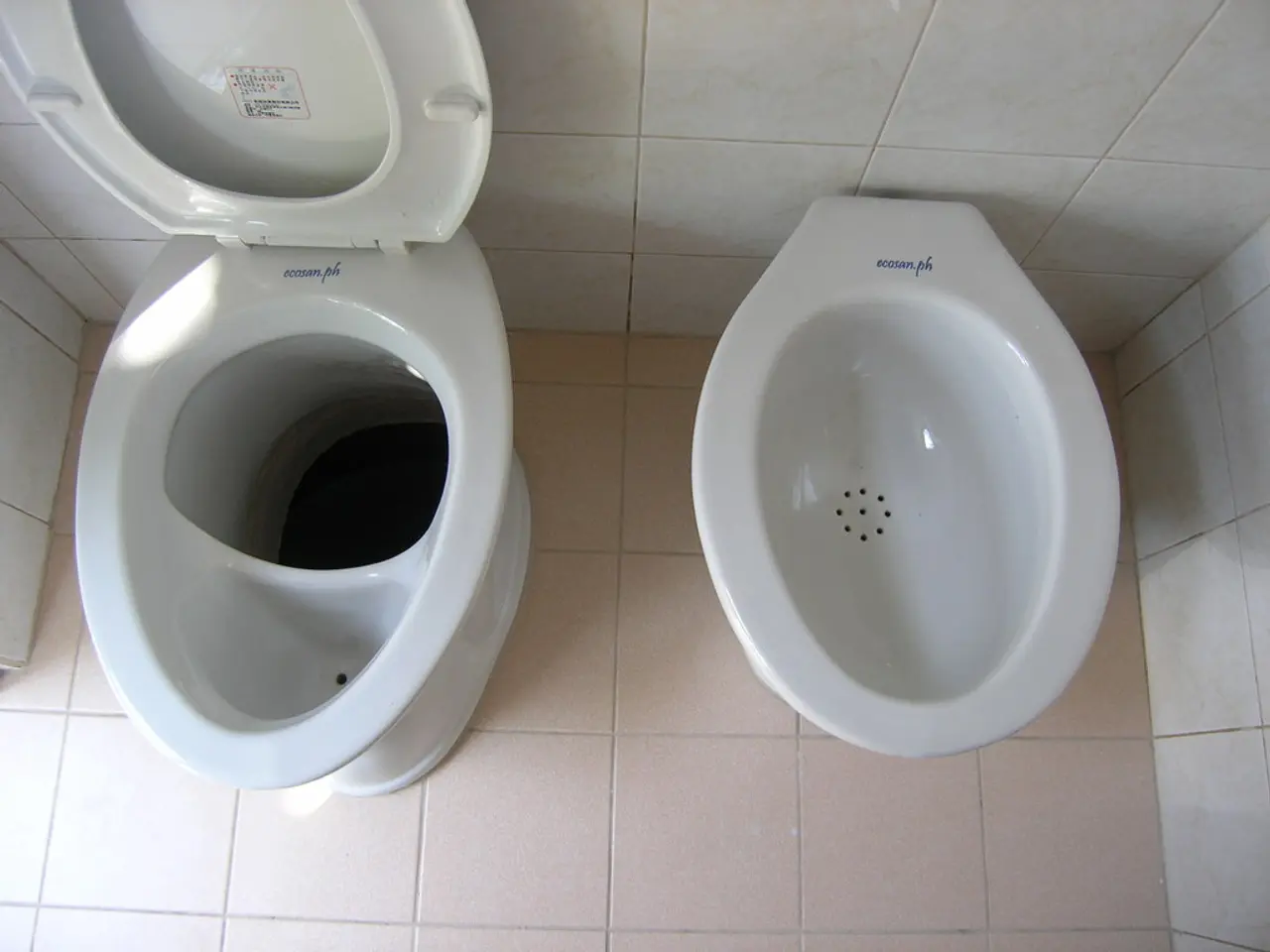Kegel Workouts for Both Men and Women: Understanding Their Importance and Procedure
In the body's intricate network, the pelvic floor muscles play a pivotal role, supporting essential organs, maintaining continence, and contributing to postural stability, sexual function, and circulation. However, when these muscles function improperly, it can lead to various health issues collectively known as pelvic floor dysfunction.
The pelvic floor muscles offer crucial support to the bladder, uterus, and rectum, ensuring they function optimally. They also help maintain urinary and fecal continence by contracting during activities that increase abdominal pressure, such as coughing or lifting. In addition, these muscles work in harmony with the diaphragm and abdominal muscles to maintain postural stability during movements like walking and standing.
Sexual function is another area where pelvic floor muscles are integral. In both men and women, they are involved in sexual arousal and orgasm. For women, these muscles must relax to allow for comfortable sexual intercourse and childbirth. Moreover, pelvic floor muscles aid in the circulation of blood and lymphatic fluid from the legs and abdomen back to the heart.
Pelvic floor dysfunction can manifest in various clinical conditions, including urinary incontinence, chronic pelvic pain, sexual dysfunction, pelvic organ prolapse, and bowel issues. Treatment typically involves a multidisciplinary approach, including physical therapy tailored to individual needs, to restore normal function and alleviate symptoms.
To address pelvic floor dysfunction, Kegel exercises are often recommended. These exercises can be performed by locating the pelvic floor muscles, which can be achieved by practicing stopping the flow of urine or inserting a finger into the rectum while tightening and relaxing the muscles. As the exercises start to take effect, a person may notice less frequent urination, less leakage, the ability to hold contractions for longer, or the ability to do more repetitions per set.
However, it is essential to approach Kegel exercises with patience, as results may take time. It is also crucial to follow a healthcare provider's instructions about how often to do Kegels and the right technique to avoid muscle fatigue. Overdoing Kegel exercises while urinating can potentially harm the bladder and increase the risk of incomplete bladder emptying and urinary tract infections.
To perform Kegel exercises, a person should relax the muscles of the abdomen, thighs, and buttocks, tighten the pelvic floor muscles, hold for 3 seconds, then relax for 3 seconds. This should be repeated 10 times, with three sets per day. For those seeking guidance, biofeedback can be used to teach the correct techniques for Kegel exercises, with a doctor placing sensors in the anus and the person watching a monitor that shows muscle contraction and relaxation measures.
Kegel exercises are beneficial for both females and males, helping with bladder control, bowel control, and sexual performance. If you have symptoms such as frequent urination or leaking of urine, are at risk of developing pelvic floor dysfunction, or want more information about correct Kegel technique, it is advisable to speak to a healthcare provider.
- Maintaining optimal urinary health is closely linked to the proper functioning of the pelvic floor muscles, as they help maintain urinary continence by contracting during activities that increase abdominal pressure.
- In addition to supporting essential organs, the pelvic floor muscles play a significant role in fitness-and-exercise, working in harmony with the diaphragm and abdominal muscles to maintain postural stability during movements like walking and standing.
- In the realm of health-and-wellness, understanding pelvic floor health is crucial, as issues like urinary incontinence, chronic pelvic pain, sexual dysfunction, and pelvic organ prolapse can manifest due to pelvic floor dysfunction, requiring scientifically-backed treatments such as physical therapy and pelvic floor exercises like Kegels.




